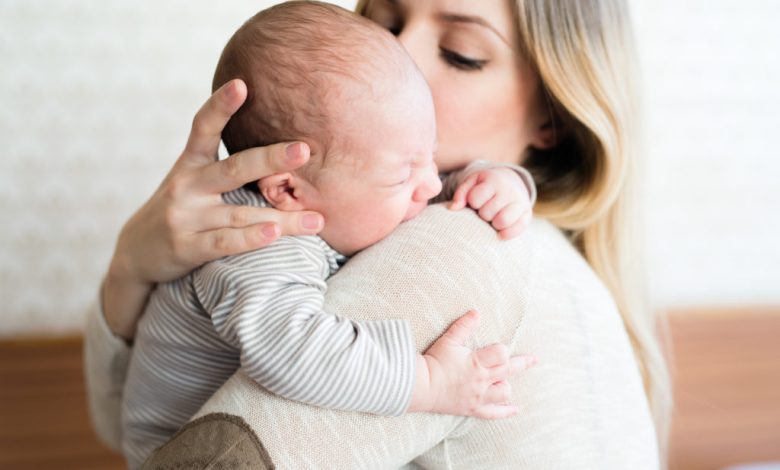An experience shared – The best way to calm a baby

Researchers have decided to help them, by scientifically determining which of four commonly used methods proves to be the most effective in calming an infant, who is inconsolable for no apparent reason.
According to their study, published Tuesday in the journal Current Biology, walking for five minutes while carrying a baby in your arms can do wonders.
But before resting the baby in his bed, scientists recommend keeping the child still in his arms for another five to eight minutes.
“I raised four children,” said the study’s lead author, Kumi Kuroda, of the RIKEN Center for Brain Science in Japan. “But even I couldn’t anticipate the key results obtained from this study, until the statistical data arrived.”
The team of researchers had in the past studied a similar mechanism in animals: when the little ones (dogs, monkeys, etc.) have to be transported, for example to escape a threat, their heart rate tends to drop and they become more docile.
To compare a possible similar reaction in humans, the scientists studied 21 babies between zero and seven months, with their mother.
Four techniques were analyzed: carry the infant while walking, carry him while seated, lay him in a bed, or lay him in a moving cradle.
When babies were carried while walking, their heart rates dropped within 30 seconds, just like in a rocking crib — but not when they stood still.
After five minutes, the fact of walking the child in the arms allowed all the children to stop crying, and almost half of them to fall asleep.
But once rested in their bed, the babies tended to wake up, within 20 seconds for more than a third of them.
And the way they were deposited — posture or delicacy of movement — had no impact on this effect.
The solution according to scientists: extend the time the baby is asleep before resting him, by sitting down and keeping him close to you for five to eight minutes after walking.
This period corresponds more or less to the duration of the first phase of sleep, then still light, notes the study.
“We need science to understand a baby’s behaviors,” Kumi Kuroda concluded, “because they are so much more diverse and complex than we thought.”












